Nature reports
Publisher: Wageningen University & Research
Page 5 of 7 - 63 Results
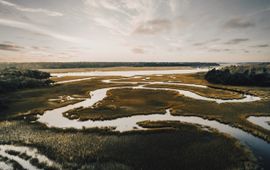
Swamps, marshes, peatlands, floodplains and ponds – more than 90 percent of these European wetlands have been drained for other forms of land use. As a result many species of plants and animals have disappeared, and important..
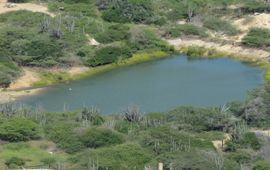
During a visit to Aruba, researchers John Janssen and André van Proosdij from Wageningen University & Research, together with Erik Houtepen from Carmabi, discovered three plant species that had never been found before on Aruba,..
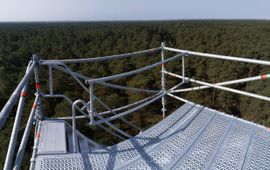
In the Loobos forest near Kootwijk, a huge steel structure was erected to facilitate research on greenhouse gases. It was officially opened on Friday 12 November 2021. Among other things, the CO2 absorption by the surrounding..
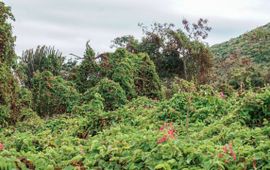
Coralita is an invasive plant species, that rapidly spreads across St. Eustatius. A recently published report highlighted the ability to use satellite imagery to systematically map Coralita’s distribution over the island. The..
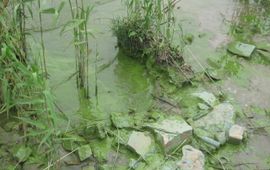
Will there ever be a Friesian Elfstedenstocht, or can we forget this? According to international research in Nature Geoscience, the chance is getting smaller. Globally, lakes are warming and ice days will decrease. “This warming..
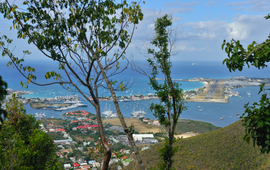
A new vegetation map produced by CARMABI and Wageningen University & Research shows a 25 percent decrease in overall vegetation cover of the Dutch side of St. Maarten since 1956. Results show that this loss can be attributed to..
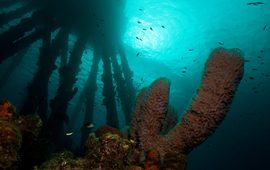
University of Applied Sciences Van Hall Larenstein and Wageningen University and Research recently conducted a comparative study of artificial reefs within the Caribbean. This study provides new insights into the impacts of these..
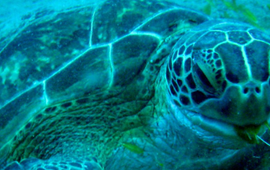
Seagrasses are marine flowering plants that can reproduce both sexually (flowering) and asexually (clones). Sexual reproduction increases genetic diversity, resilience and dispersal success of seagrasses. A recent study discovered..
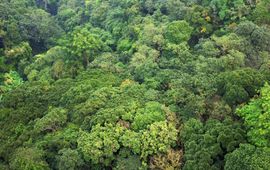
The capacity of the Amazon rainforest to take up CO₂ from the atmosphere is declining. Repeated measurements of carbon dioxide (CO₂) and carbon monoxide (CO) show that the eastern part releases more CO₂ than it absorbs, while the..
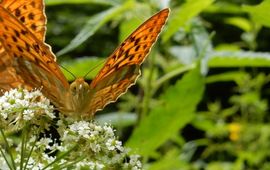
Climate change affects biodiversity globally, by forcing species to shift their distribution to track the warming environment. In an article published today in the journal Ecology Letters, an international team of scientists shows..
